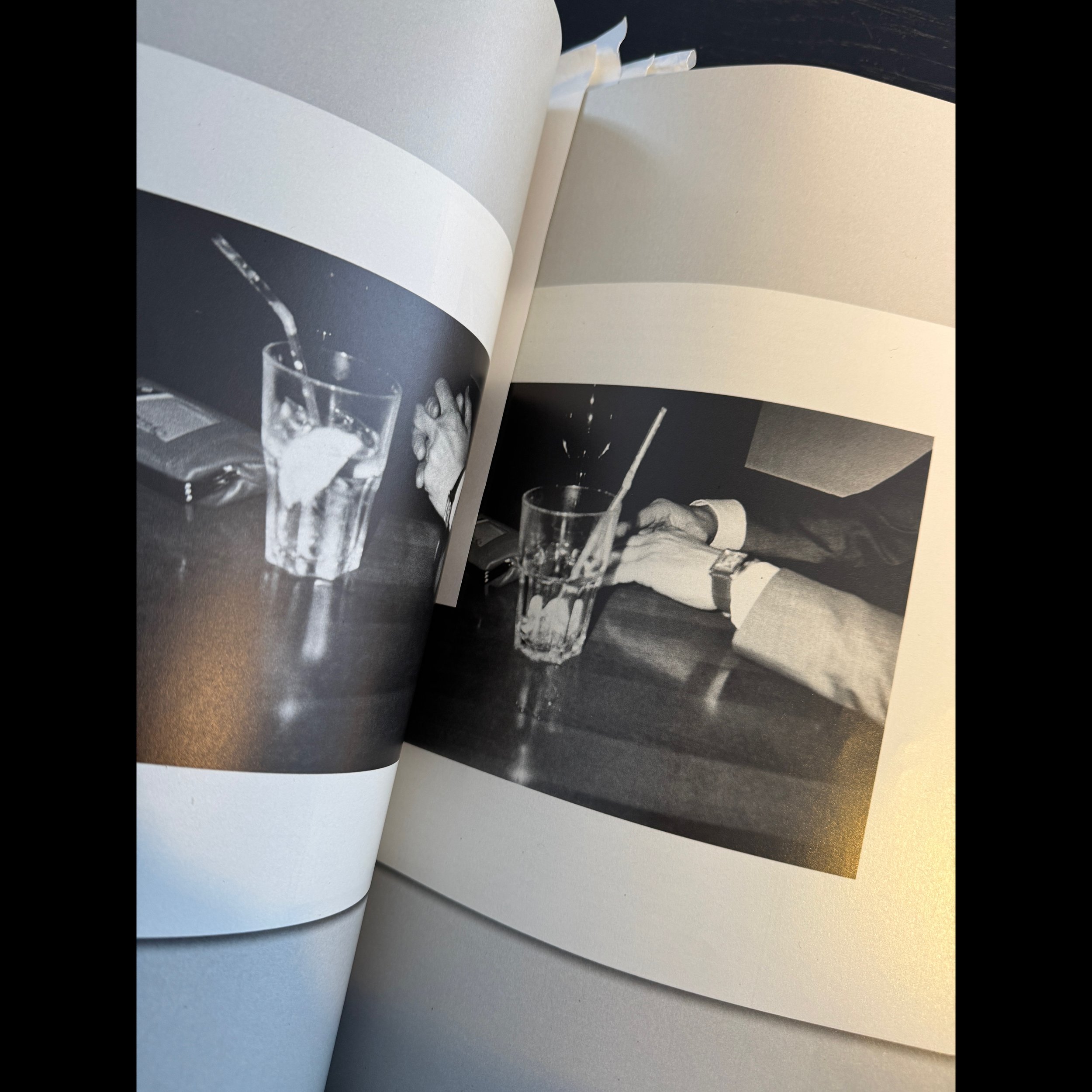Vertical Narrative Layering











I’ve found I work best with what could be most aptly described as "vertical narrative layering", which is essentially allowing scene fragments, unanchored hunches, snatches of dialogue, inferences, atmosphere, images, juxtapositions and other poetic gestures to slowly accrue; to lay them adjacent and on top of one another in varying orders; to allow them to compost, and seed meaning over time, obliquely. And then my job is to yield in a soft state to all its possibilities.
This is really more akin to the process of allowing for mystery as opposed to plotting. Not solving a mystery — rarely that — but rather: uncovering the mysteries within a story, within an image, a poetic instinct, or a moment in time.
It isn’t always straightforward: even now I’m just emerging from a period of frustration, where I didn’t know whether this stack of fragments I’d been channeling over the past six months were going to accrue to mean or be anything. I even started asking it plot-beat questions, “What if this happened? What if that were the case?” It wasn’t until I stopped trying to work it out and just let it be what it is — accepted that sometimes there is no answer — that’s when the quiet little mysteries (and something of a structure!) really started to make themselves known this week.
And that’s of course when it starts to become clear that the work is never really actually about the story. The work is only ever a vessel to recognise that we ourselves — the audience member, the reader, the viewer — are the true mystery. And we will always be in the process of solving ourselves and mercifully, never solved.